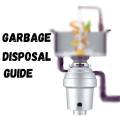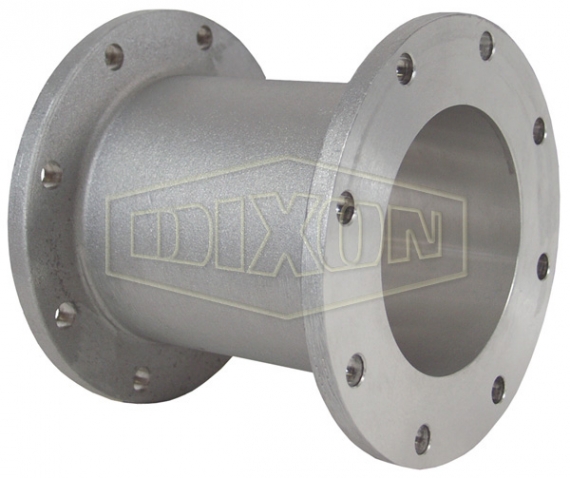Extended flanges are important in many industries. They help connect pipes and other equipment. This guide explains what extended flanges are and why they matter.
What is an Extended Flange?
An extended flange is a type of flange. It has a larger surface area than regular flanges. This extra surface area helps make stronger connections. Extended flanges are often used in heavy-duty applications.
Uses of Extended Flanges
Extended flanges have many uses. They are found in many industries. Some common uses include:
- Connecting pipes in oil and gas systems
- Joining parts in chemical plants
- Attaching equipment in water treatment facilities
- Securing components in power plants
These flanges help ensure a tight seal. This helps prevent leaks and spills. Extended flanges are key to safe and efficient operations.
Benefits of Extended Flanges
There are many benefits to using extended flanges. These include:
1. Increased Strength
Extended flanges have more surface area. This makes the connection stronger. A stronger connection is less likely to fail. This is important in high-pressure systems.
2. Better Sealing
The larger surface area helps create a better seal. This reduces the risk of leaks. A good seal is crucial in industries like oil and gas.
3. Versatility
Extended flanges can be used in many different applications. They are suitable for various industries. This makes them a versatile choice.
4. Durability
Extended flanges are made from strong materials. This makes them durable. They can withstand harsh conditions. This includes high pressure and extreme temperatures.
5. Ease Of Installation
Installing extended flanges is usually straightforward. This can save time and money. It also reduces the need for specialized tools.

Credit: www.pci-instruments.com

Credit: www.amazon.com
Types of Extended Flanges
There are different types of extended flanges. Each type has its own features and benefits. Some common types include:
1. Weld Neck Flange
This type of flange has a long neck. The neck is welded to the pipe. This creates a strong and durable connection. Weld neck flanges are often used in high-pressure systems.
2. Slip-on Flange
This flange slides over the pipe. It is then welded in place. Slip-on flanges are easy to install. They are suitable for low-pressure applications.
3. Socket Weld Flange
This type of flange has a socket. The pipe is inserted into the socket. The flange is then welded to the pipe. Socket weld flanges are used in small-diameter systems.
4. Lap Joint Flange
This flange works with a stub end. The flange is not welded to the pipe. Instead, it slides over the stub end. Lap joint flanges are used in systems that need frequent inspection.
5. Threaded Flange
This flange has threads. The pipe is screwed into the flange. Threaded flanges are easy to install. They are used in low-pressure systems.
Materials Used for Extended Flanges
Extended flanges are made from various materials. The material used depends on the application. Some common materials include:
- Stainless Steel: Resistant to corrosion and durable
- Carbon Steel: Strong and affordable
- Alloy Steel: High strength and resistant to extreme conditions
- Plastic: Lightweight and resistant to chemicals
- Brass: Resistant to corrosion and easy to machine
Choosing the Right Extended Flange
Choosing the right extended flange is important. Consider the following factors:
1. Application
Think about where the flange will be used. High-pressure systems need strong flanges. Low-pressure systems can use simpler flanges.
2. Material
Choose a material that suits the application. Corrosive environments need corrosion-resistant materials. High-temperature systems need heat-resistant materials.
3. Size
Make sure the flange fits the pipe. Measure the pipe’s diameter and choose a matching flange.
4. Pressure Rating
Check the flange’s pressure rating. Make sure it can handle the system’s pressure.
5. Standards
Ensure the flange meets industry standards. This ensures safety and reliability.
Maintenance of Extended Flanges
Proper maintenance is key to long-lasting flanges. Follow these tips:
- Regularly inspect flanges for damage
- Clean flanges to remove dirt and debris
- Check for leaks and address them promptly
- Replace damaged flanges as needed
Frequently Asked Questions
What Is An Extended Flange?
An extended flange provides additional surface area for better sealing and support.
Benefits Of Using An Extended Flange?
It offers enhanced sealing, increased stability, and better support for connections.
How Does An Extended Flange Work?
It extends the surface area, improving the seal and stability of pipe connections.
Where Are Extended Flanges Used?
They are commonly used in piping systems, industrial applications, and construction projects.
Conclusion
Extended flanges are essential in many industries. They provide strong and reliable connections. Understanding their uses, benefits, and types can help you choose the right flange for your needs. Proper maintenance ensures they last a long time. Choose wisely and ensure your systems run smoothly and safely.

